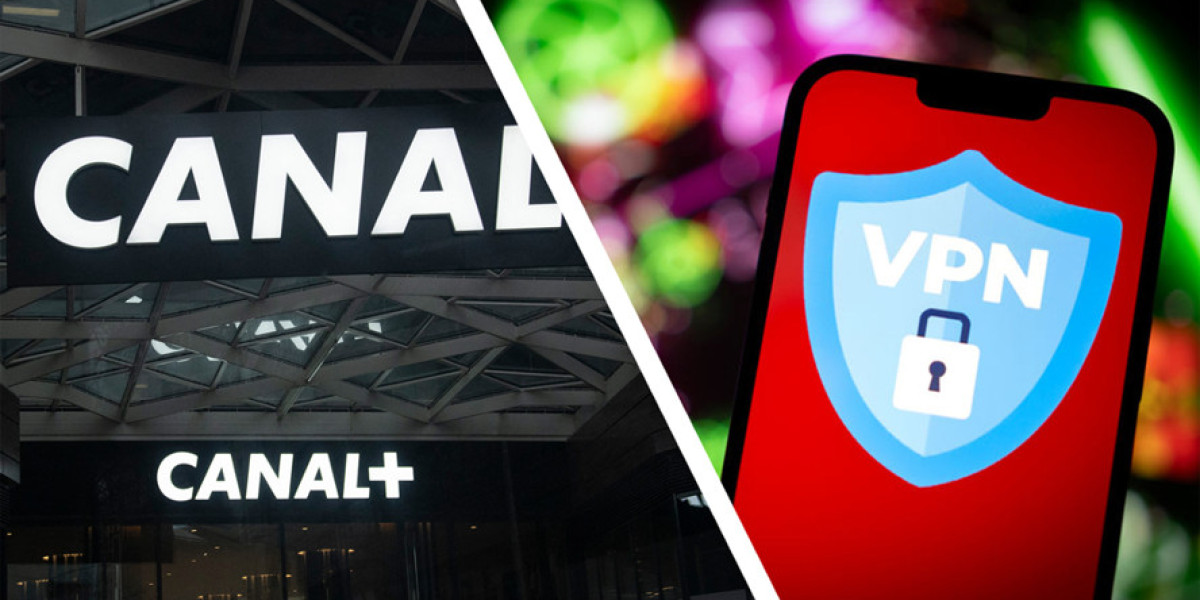KPV Peptide Short Guide to Healing
The primary therapeutic action of KPV lies in its capacity to act as an antagonist at the chemokine receptor CXCR1 and CXCR2. These receptors are key mediators for neutrophil migration toward sites of injury or infection. When KPV binds to these sites, it prevents the binding of natural chemokines such as IL-8, thereby reducing the influx of inflammatory cells that can cause collateral tissue damage. This attenuation of the early inflammatory surge creates a more conducive environment for subsequent stages of healing—cell proliferation and remodeling—to proceed without excessive oxidative stress or protease activity.
In addition to its anti-inflammatory effects, KPV has been shown to enhance endothelial cell function, which is critical for angiogenesis—the formation of new blood vessels that supply nutrients and oxygen to regenerating tissue. Studies in animal models have demonstrated accelerated wound closure rates when KPV was applied topically or administered systemically. Moreover, KPV appears to upregulate anti-oxidant pathways, further protecting cells from reactive oxygen species generated during inflammation.
The peptide’s short chain also facilitates rapid penetration into damaged tissues and offers a high degree of stability compared to larger protein therapeutics. Its synthesis can be achieved through solid-phase peptide assembly, allowing for scalable production with minimal impurities. These attributes collectively make KPV an attractive candidate for both clinical and research applications aimed at accelerating tissue repair while minimizing side effects.
Thank you to our community
We extend sincere gratitude to the researchers, clinicians, and patients who have contributed data and insights that continue to refine our understanding of KPV’s therapeutic potential. Your willingness to share findings, participate in trials, and provide feedback has been instrumental in advancing this peptide from laboratory curiosity to a promising clinical tool. We also acknowledge the support of funding bodies, academic institutions, and industry partners whose resources enable ongoing investigations into dosage optimization, delivery mechanisms, and long-term safety profiles.
How to Dose KPV
Determining an effective yet safe dose of KPV requires careful consideration of the route of administration, disease context, and individual patient factors. While research has primarily focused on preclinical models, emerging human data provide preliminary guidance:
- Topical Application
- Intravenous Infusion
- Subcutaneous Injection
- Oral Delivery
- Dose Adjustment and Monitoring
- Special Populations
It is important to emphasize that these dosing recommendations are provisional; ongoing clinical trials will refine optimal regimens, identify potential drug interactions, and establish long-term safety parameters. Patients should always consult healthcare professionals before initiating any peptide therapy, and dosing should be tailored to individual needs within the framework of established guidelines.








